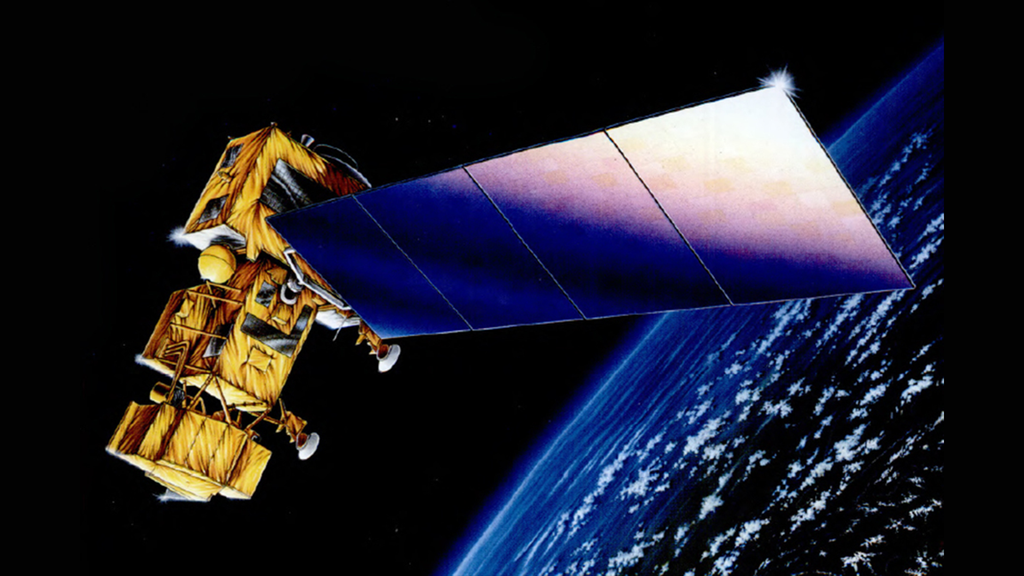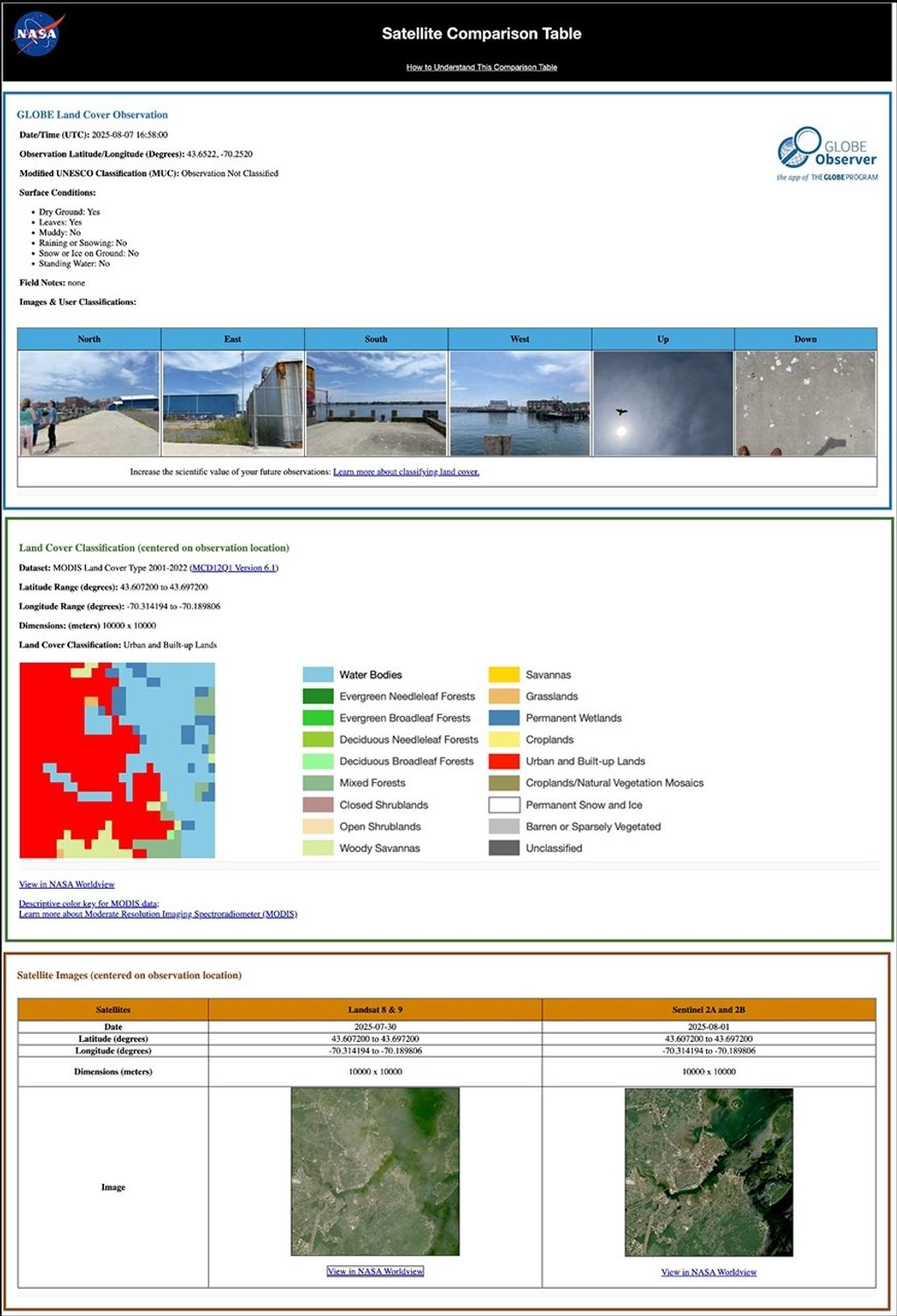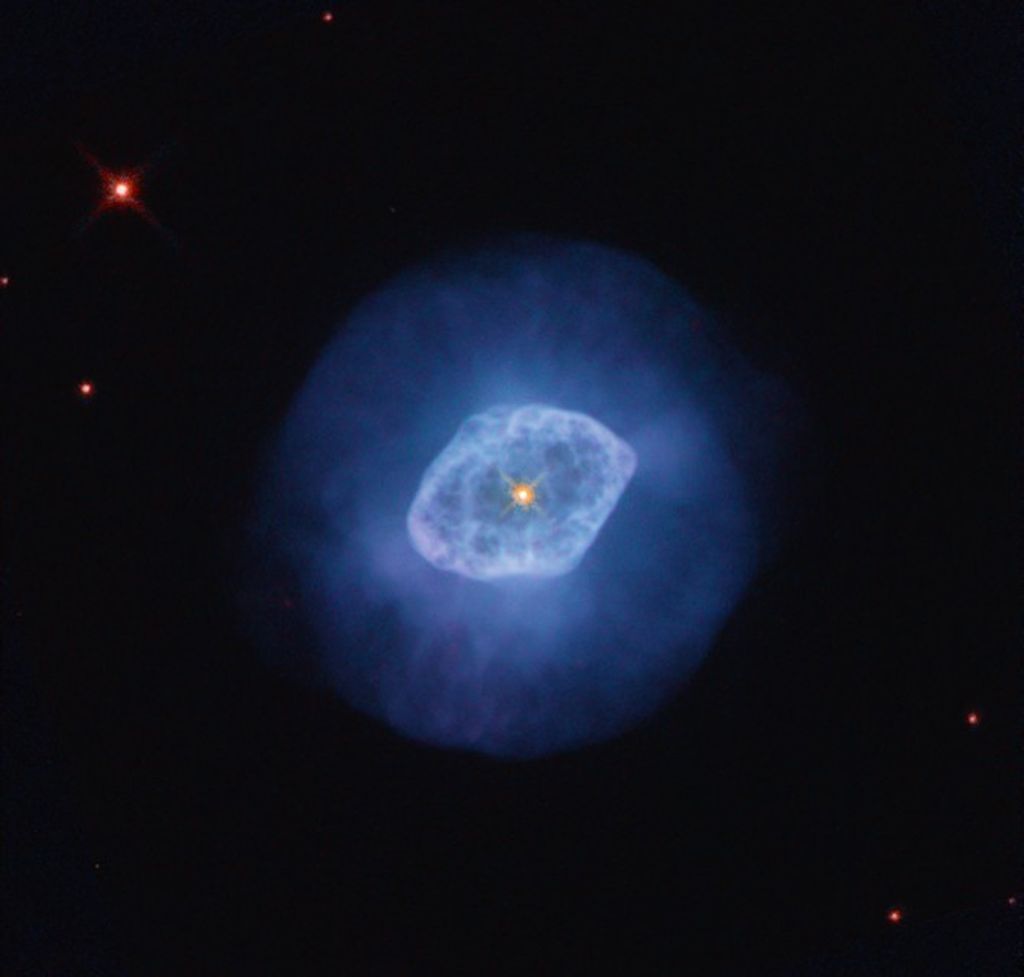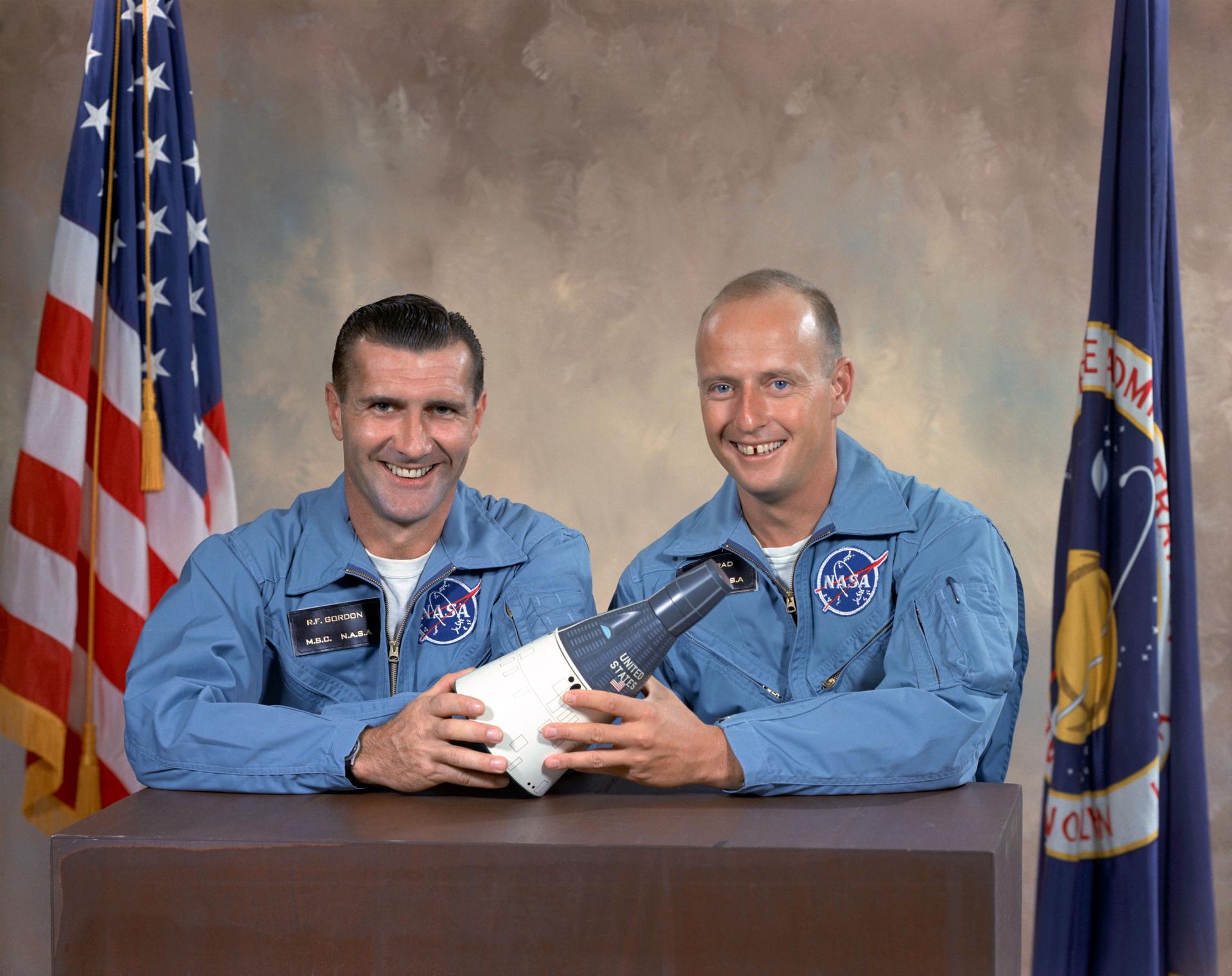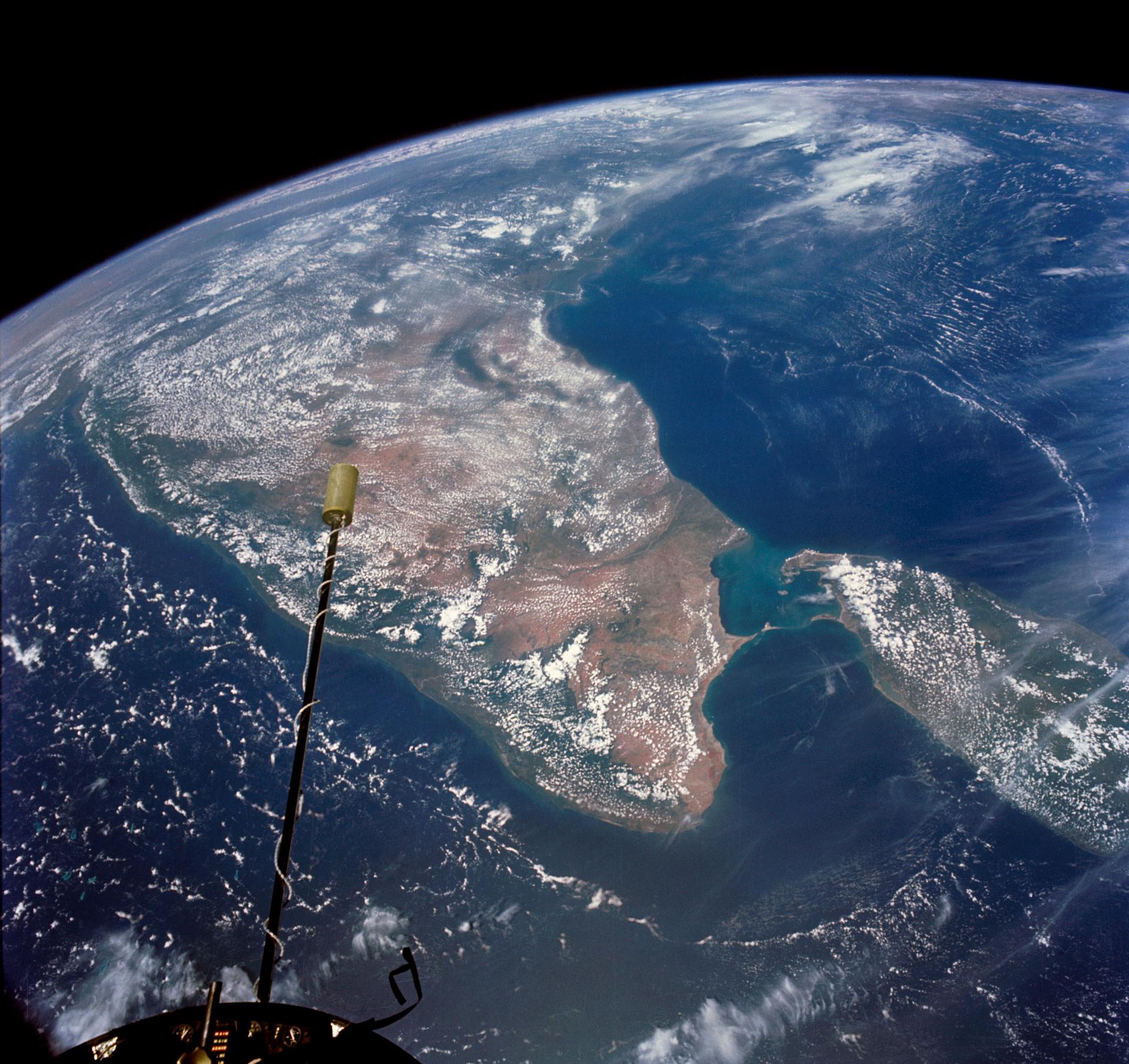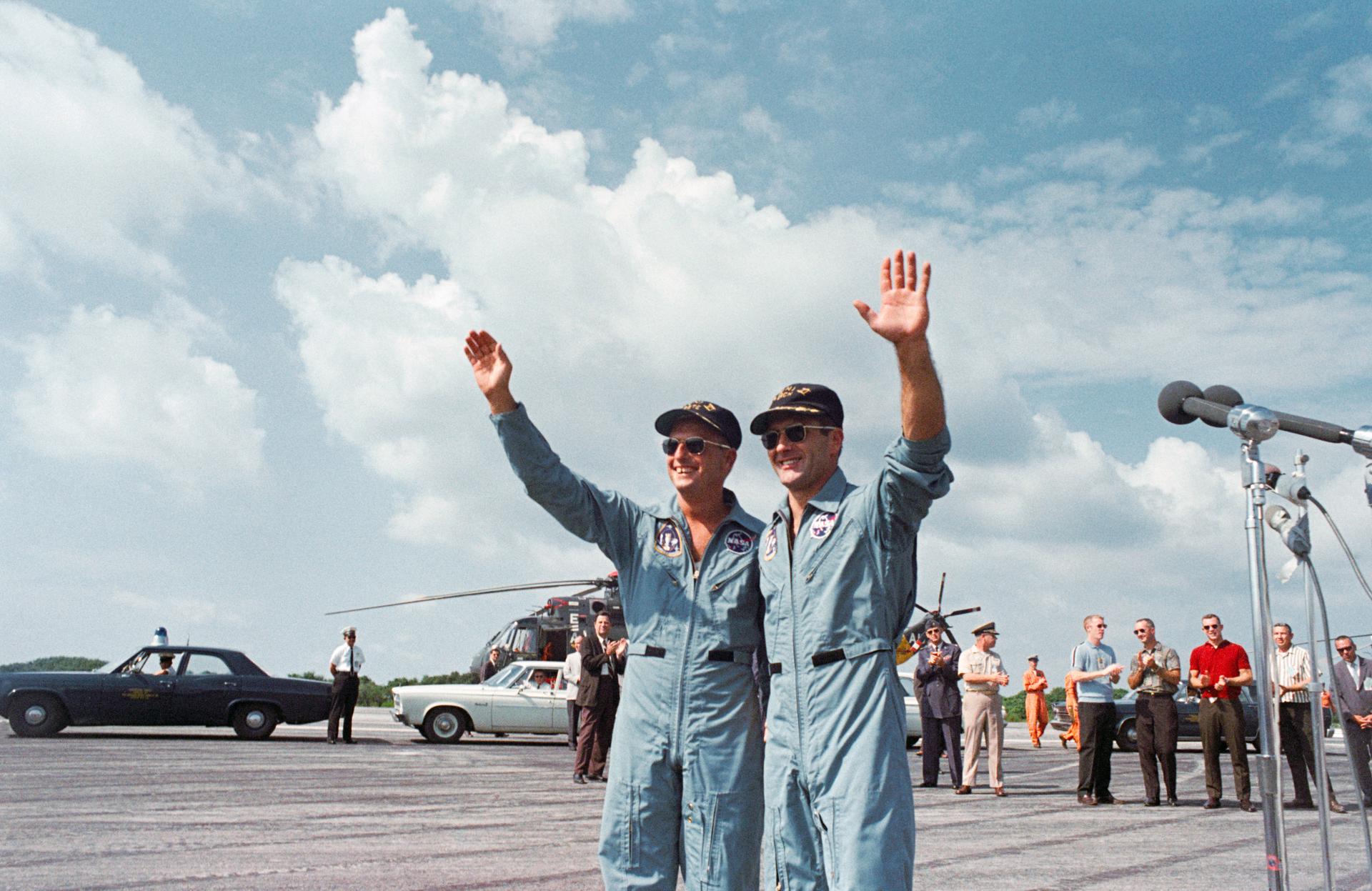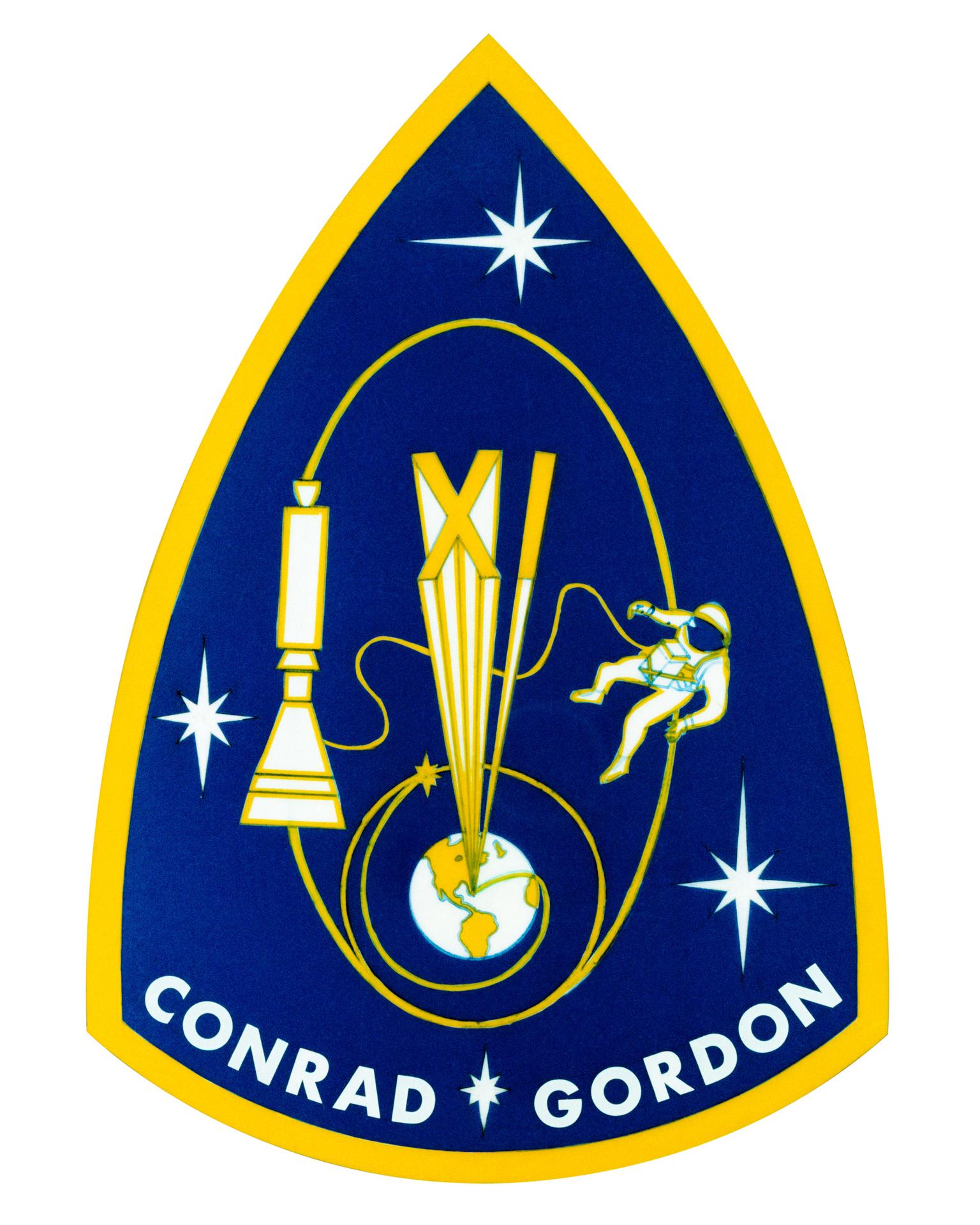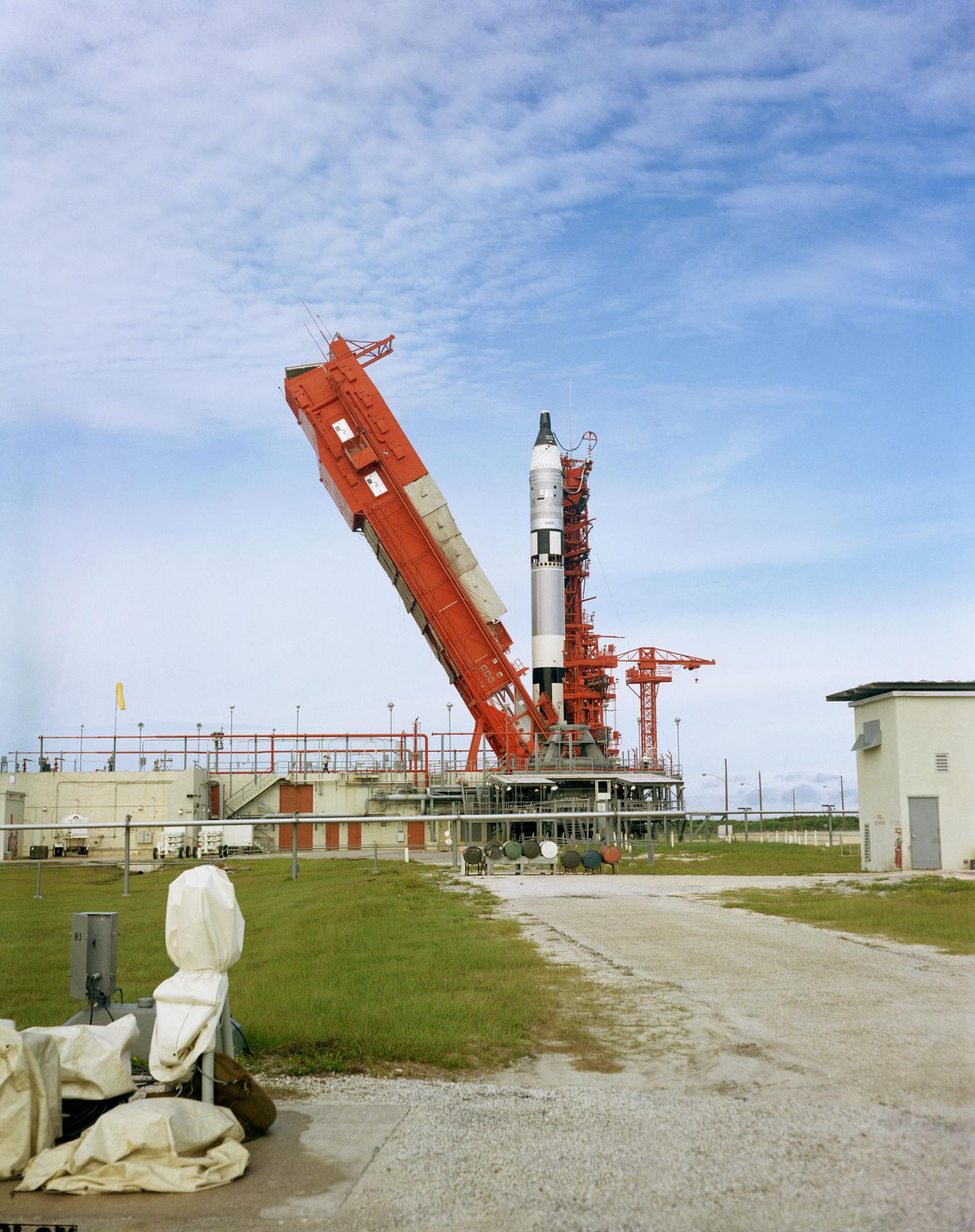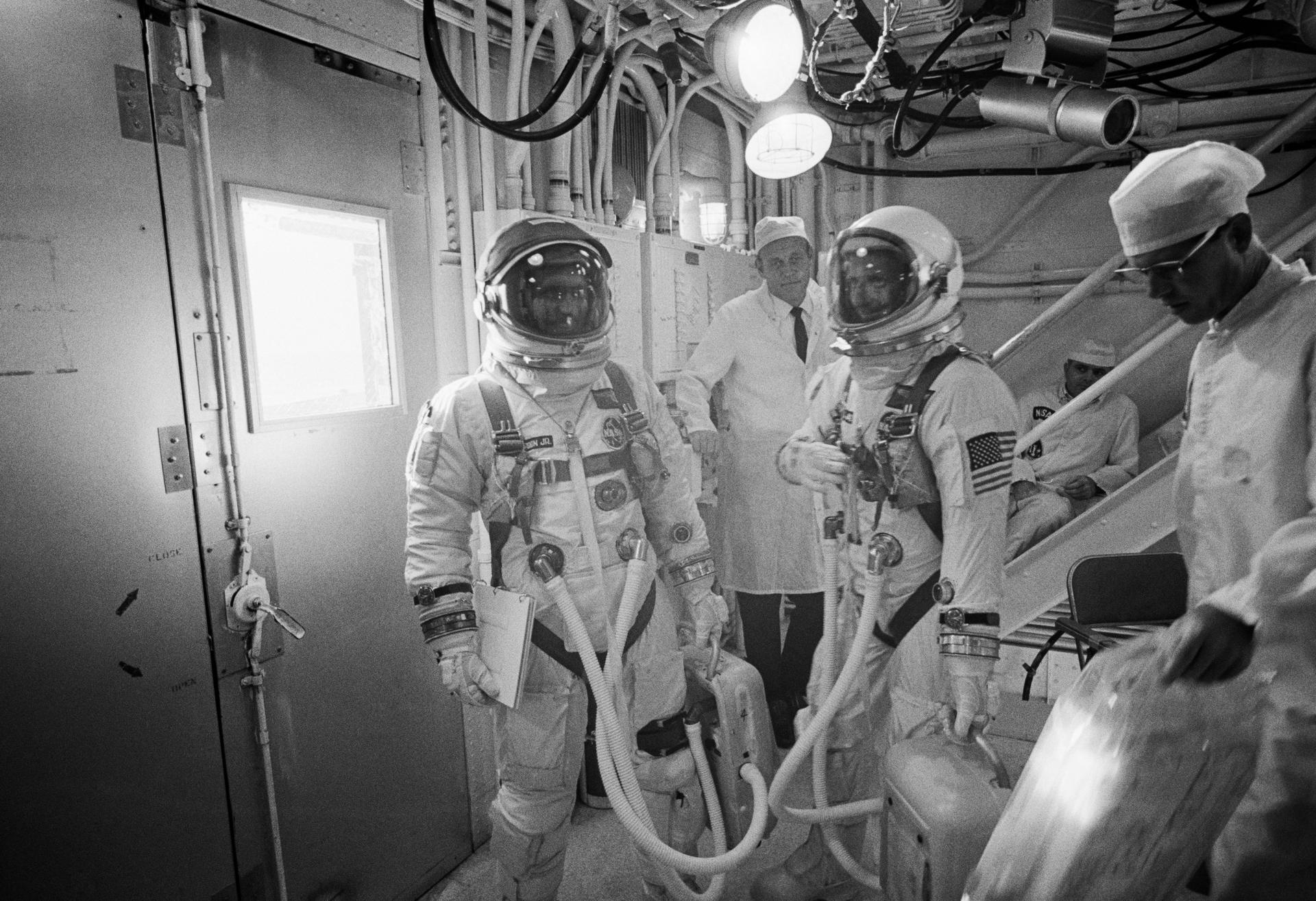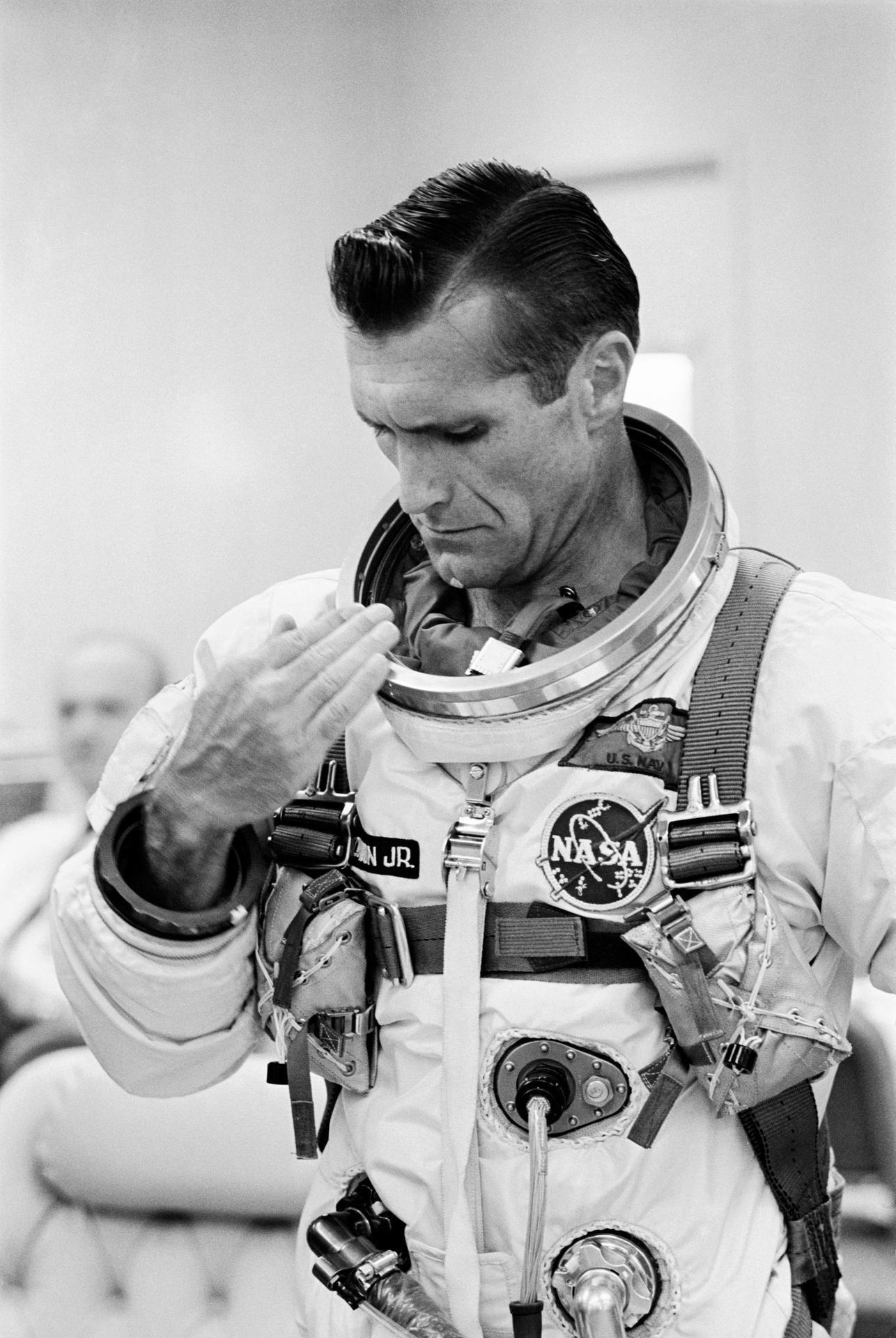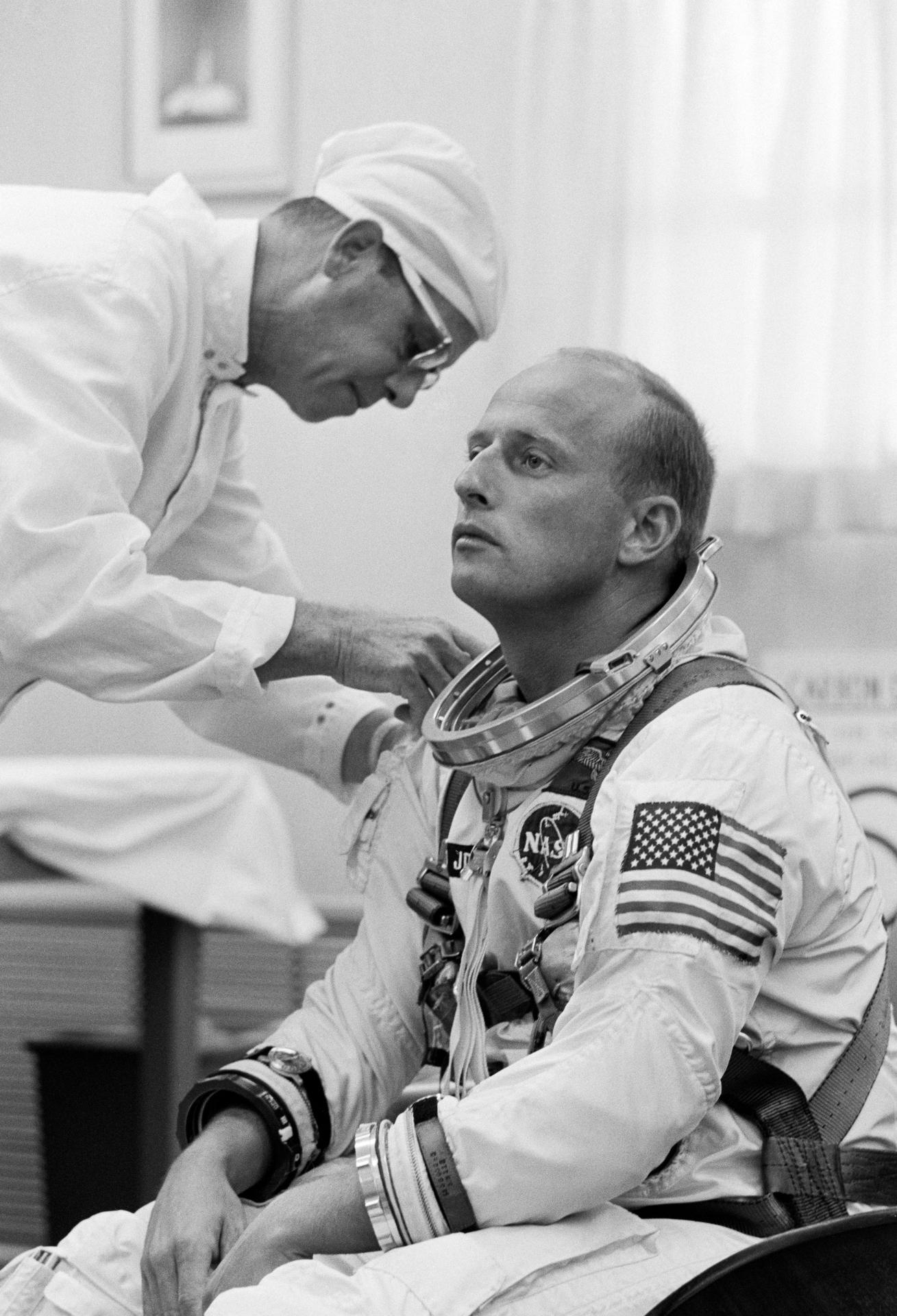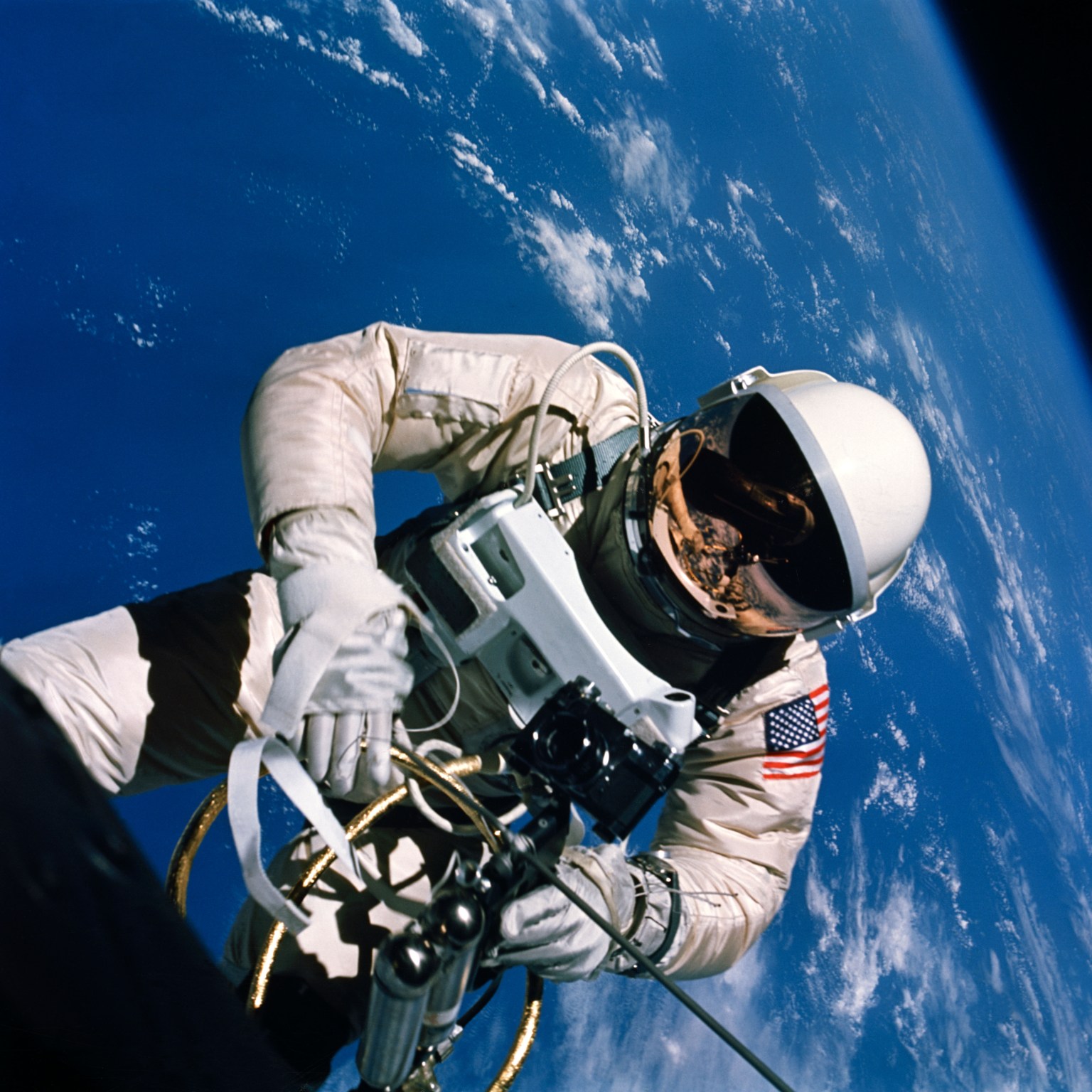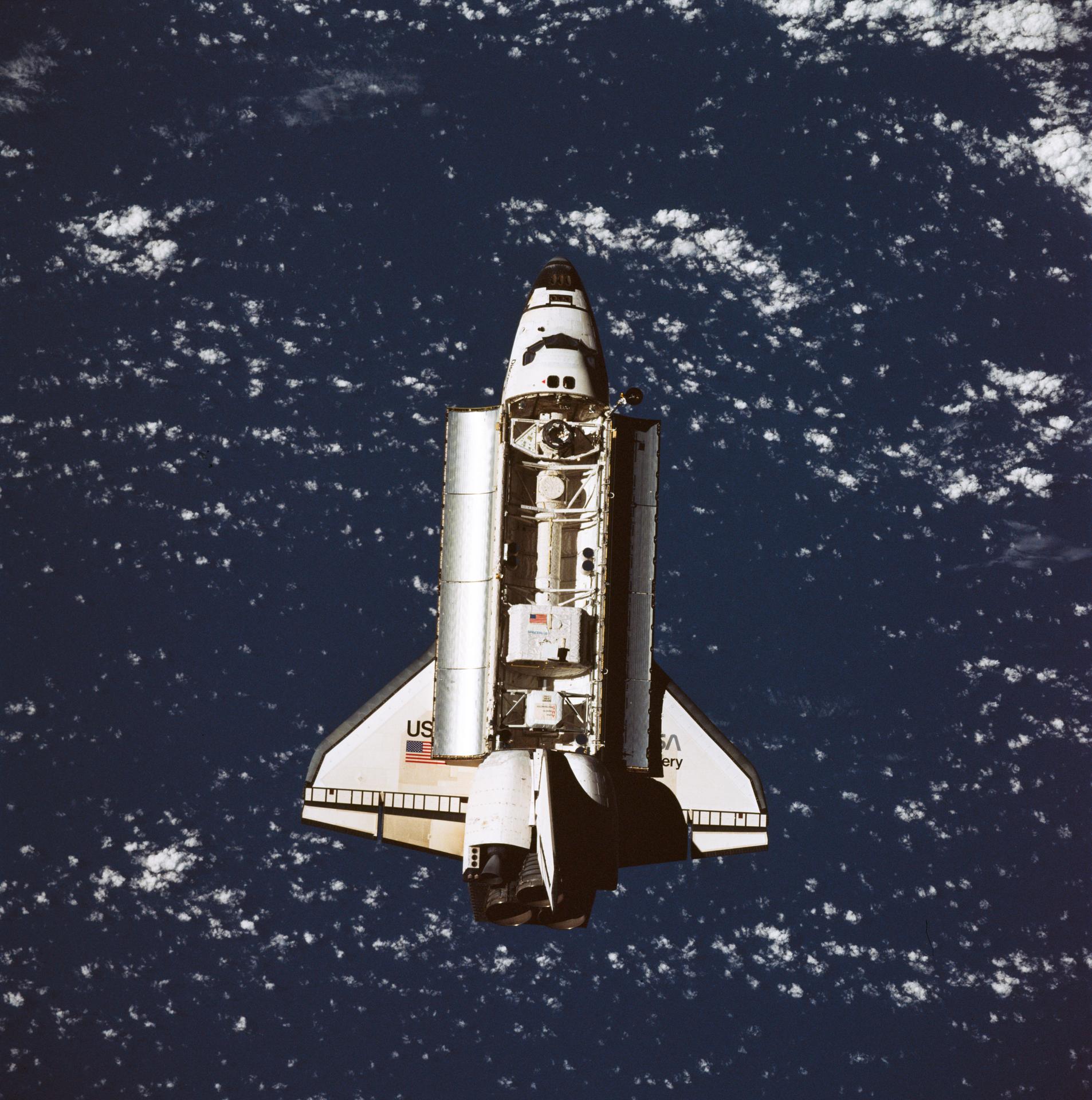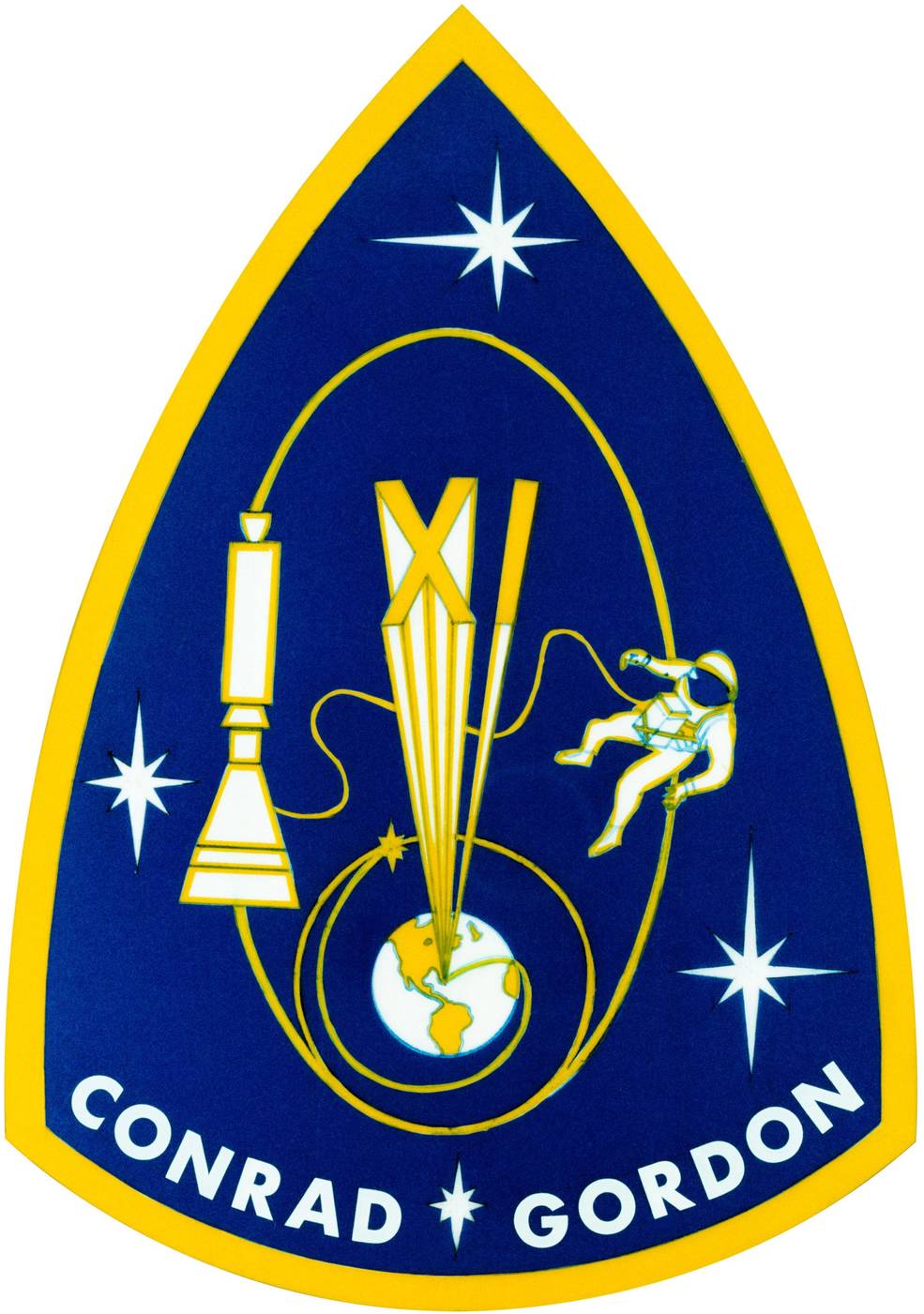
Gemini XI
Gemini XI, flown by Charles “Pete” Conrad Jr. and Richard F. Gordon Jr., performed a spacecraft rendezvous in the first orbit of a spaceflight for the first time, and reached a record-high altitude of 1,374 km.
Mission Type
mission duration
Launch
Landing
Objectives
Gemini XI was the ninth crewed Earth-orbiting spacecraft of the Gemini series, carrying astronauts Charles “Pete” Conrad Jr and Richard F. Gordon Jr. The 3-day mission was designed to achieve a first orbit rendezvous and docking with the Agena target vehicle, to accomplish two extravehicular activity (EVA) tests, to perform docking practice, docked configuration maneuvers, tethered operations, parking of the Agena target vehicle and demonstrate an automatic reentry. There were also eight scientific and four technological experiments on board. The scientific experiments were (1) synergistic effect of zero-g and radiation on white blood cells, (2) synoptic terrain photography, (3) synoptic weather photography, (4) nuclear emulsions, (5) airglow horizon photography, (6) UV astronomical photography, (7) Gemini ion wake measurement, and (8) dim sky photography.
Demanding Gemini XI Mission Flies on Top of the World
“I tell ya from up here the world is round. It is spectacular. It’s fantastic,” said Gemini XI command pilot…
Read the Story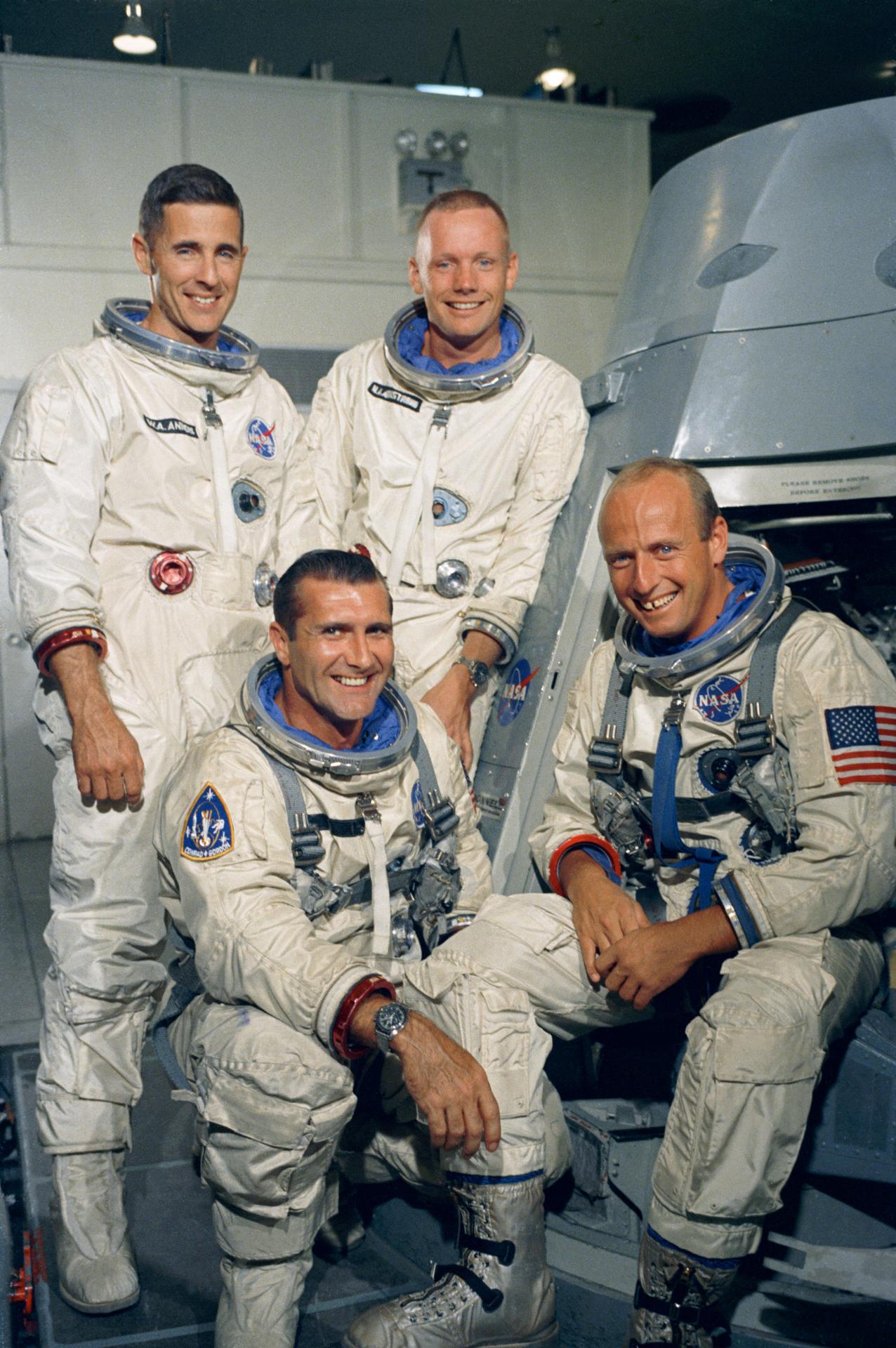
Milestones
Sept. 9, 1966: First launch attempt scrubbed.
Sept. 12, 1966: Launch of the Gemini Agena Target Vehicle and of the Gemini XI mission; Rendezvous and docking in the first orbit, 94 minutes after lift-off.
Sept. 13, 1966: Gordon performs first spacewalk (33 minutes).
Sept. 14, 1966: Gemini and Agena reach a temporary apogee of 1,374 km. Gordon performs a 128-minute standup EVA.
Sept. 15, 1966: Splashdown in the western Atlantic.
Mission Facts
Crew: Charles “Pete” Conrad Jr. (Command Pilot) and Richard F. Gordon Jr. (Pilot)
Backup Crew: Neil A. Armstrong and William A. Anders
Payload: Gemini 11
Mass at launch: 3,798 kg
Launch Date: Sept. 12, 1966, 9:42:26 a.m. EST (14:42:26 UT)
Launch Site: Complex 19, Cape Canaveral, United States
Launch Vehicle: Titan II
Revolutions Completed: 44
Duration: 71 hours, 17 minutes, 8 seconds (2 days, 23 hours, 17 minutes, and 8 seconds)
Landing Date: Sept. 15, 1966, 8:59:35 a.m. EST (13:59:35 UT)
Landing Site: Western Atlantic Ocean, 24.25° N 70.00° W
Recovery Ship: U.S.S. Guam
Charles “Pete” Conrad Jr.
Command Pilot
Selected in 1962 as a member of NASA’s second group of astronauts, Conrad’s first flight to space was on Gemini V. He went on to command three additional missions—Gemini XI, Apollo 12, and Skylab 2—logging more than 1,200 hours in space.

Richard F. Gordon Jr.
Pilot
Chosen as a member of NASA’s third astronaut group, Richard F. Gordon Jr. flew on the Gemini XI mission, performing two spacewalks, and again as the command module pilot on Apollo 12.
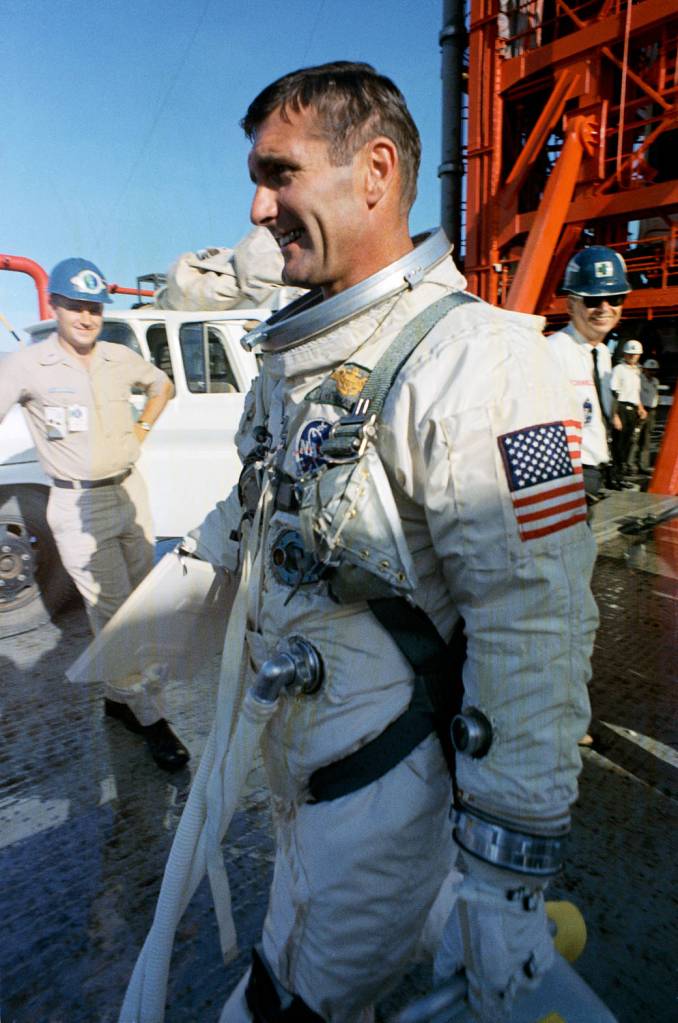
Mission Overview
Gemini XI was launched on Sept. 12, 1966, at 9:42:26 a.m. EST (14:42:26.546 UT) from Complex 19 and inserted into a 160.5 x 279.1 km Earth orbit at 9:48:28. Five spacecraft maneuvers were made to rendezvous with the Gemini Agena Target Vehicle 11 (GATV-11) at 11:07 a.m. (1:25 Ground Elapsed Time, GET). The GATV-11 had been launched an hour and a half before Gemini XI. Docking was completed at 11:16 a.m. on the first orbit, consuming less fuel than expected. Each astronaut then conducted two docking exercises with the GATV, and then a maneuver at 2:14:14 p.m. brought the docked spacecraft into a 287 x 304 km orbit. The sleep period was spent in docked configuration.
On Sept. 13 at 9:44 a.m. EST (24:02 GET) the Gemini cabin atmosphere was evacuated and the hatch opened to begin Richard Gordon’s scheduled 107-minute EVA. He was out of the hatch at 9:51, attached by an umbilical cord. He set up a movie camera and retrieved the micrometeorite experiment. The next task, detaching one end of the 30-meter tether from the Agena and attaching it to the Gemini spacecraft docking bar, proved to be exhausting and overstressed Gordon’s life support system. After attaching the tether, Gordon stopped to rest astride the GATV, but the heavy perspiration inside the suit obscured his vision and finally blinded his right eye. Conrad ordered him to cancel the power tool evaluation and return to the cabin. Gordon returned to the cabin at about 10:12 a.m. and closed the hatch at 10:17 a.m. so the cabin could be repressurized. At 11:19 a.m. the hatch was opened again to jettison some excess equipment.
Following the sleep period, the Agena primary propulsion system was fired for 25 seconds at 2:12:41 a.m. EST on Sept. 14, raising the docked spacecraft apogee to 1374.1 km. (A record altitude for an astronaut mission that would stand until Apollo 8 went to the Moon.) After two orbits the Agena was fired again for 22.5 seconds to lower the Gemini-Agena back down to a 287 x 304 km orbit. At 7:49 a.m. Gordon opened his hatch to begin a 2 hour, 8 minute standup EVA during which he conducted photographic experiments. The hatch was closed at 9:57 a.m. and shortly afterwards the spacecraft were undocked and Gemini XI moved to the end of the 30-meter tether attaching the two spacecraft. At 11:55 a.m. Conrad initiated a slow rotation of the Gemini capsule about the GATV which kept the tether taut and the spacecraft a constant distance apart at the ends of the tether. Oscillations occurred initially, but damped out after about 20 minutes. The rotation rate was then increased, oscillations again occurred but damped out and the combination stabilized. The circular motion at the end of the tether imparted a slight artificial “gravitational acceleration” within Gemini XII, the first time such artificial gravity was demonstrated in space. After about three hours the tether was released and the spacecraft moved apart. A fuel cell stack failed at 4:13 p.m., but the remaining stacks took over the load satisfactorily. At 4:22 a.m. on Sept. 15, a final re-rendezvous maneuver without use of the rendezvous radar, which had malfunctioned, was accomplished.
Retrofire occurred at the end of the 44th revolution at 8:24:03 a.m. EST on Sept. 15. This was the first closed-loop, automatic reentry (guided by computer commands directly to the thrusters) in the U.S. space program. Splashdown in the western Atlantic at 24.25° N, 70.00° W, 4.9 km from the target point, occurred at 8:59:35 a.m. EST. The crew was picked up by helicopter and brought to the U.S.S. Guam at 9:23 a.m. and the spacecraft was recovered at 9:58 a.m. Total mission elapsed time was 71:17:08. All primary objectives were accomplished, and the last re-rendezvous added to the mission plan due to the favorable fuel supply. Power tool evaluation was not performed due to early termination of EVA and the airglow horizon photography was only partially done due to a fault in the camera. All other experiments were successfully completed.

The primary goals of Project Gemini included proving the techniques required for the Apollo Program to fulfill President John F. Kennedy’s goal of landing a man on the Moon and returning him safely to Earth before the end of the…

“I tell ya from up here the world is round. It is spectacular. It’s fantastic,” said Gemini XI command pilot Charles “Pete” Conrad as he and pilot Dick Gordon looked down from their lofty vantage point. Their record-shattering altitude of…









